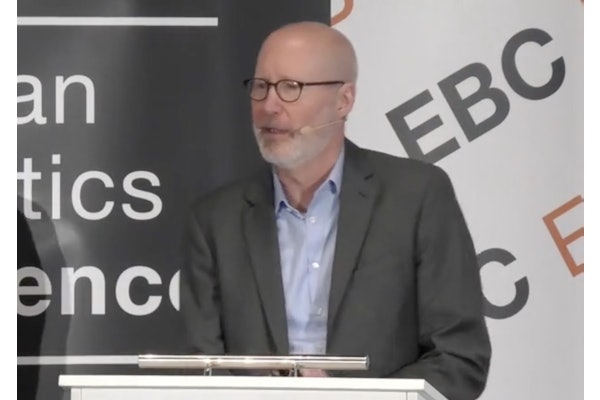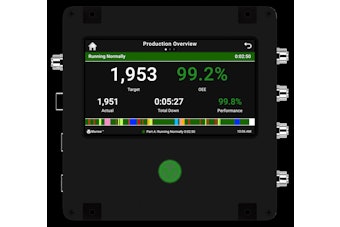This is not new. We’ve heard many times that packaging and its related activities have the potential of creating value throughout the supply chain for its myriad of stakeholders. However, that is easier said than done.
One challenge consists of overcoming the initial by-default tunnel vision that tends to develop when the packaging team concentrates efforts in solving the problem at hand and ignores wider contextual issues. It takes extra effort to consider the entire specific value chain and its broader implications. This initial analysis is critical if we hope to uncover value opportunities and make trade-off decisions with confidence. Sometimes packaging practitioners emphasize added value that directly benefits stakeholders whose focus lies in distribution, logistics, and converting operations. Although these innovations ultimately may benefit end users, primarily by optimizing retail price, consumers are not the typical drivers in packaging value chain innovations. A more balanced approach maximizes value creation across the system.
Another challenge relates to how to deal with incompatible or contradictory stakeholders’ needs. In many cases what the different stakeholders want creates tension, and well-adjusted solutions need to be negotiated. For instance, a package feature desired by consumers may increase shipping or materials costs substantially, thus making the innovation less attractive to implement. Or a material that’s compelling from an economic point of view may have a negative environmental impact. Tensions in the system originating from stakeholders’ conflicting interests may represent opportunities for innovation and the creation of new businesses.
A third challenge is how to properly align production volumes with available technologies. This is an issue that involves the end user, product value proposition, potential demand, manufacturing, distribution, and logistics. Packaging technologies have volume ranges in which they are economically feasible or in which cost is minimized. Small and mid-sized companies are often limited in their packaging options in comparison with large companies that can undertake producing large volumes of an item. This is also a concern with start-up companies or new products for which their potential market share is unknown or difficult to predict. In these latter cases, the context in which the packaging professional works may change in a few months after the product has been successfully launched, when higher volumes are being produced, and the original packaging needs to be optimized.
Packaging engineers and designers are increasingly becoming key integrators who, of all the players in the chain, are best able to see the big picture and to make holistic decisions. Their education must include concepts and tools that enable them to drive innovation while considering the entire value chain.
Javier de la Fuente is Assistant Professor of design of the packaging program at California Polytechnic State University and can be reached at j[email protected].

























